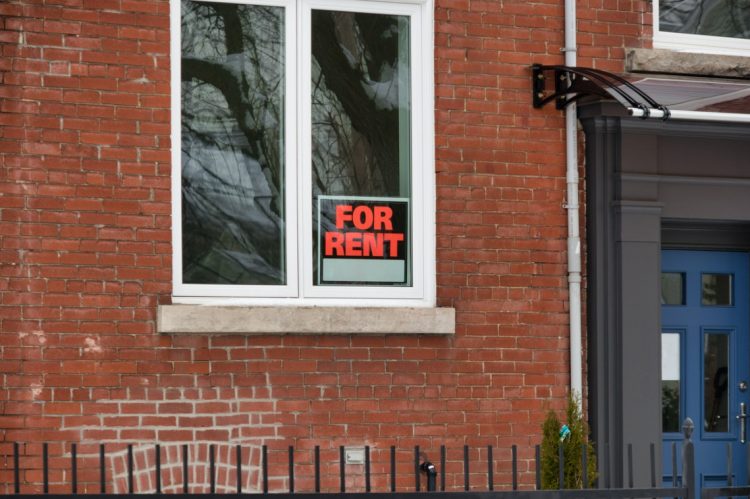“The rent is too damn high,” famously proclaimed New York City perennial candidate Jimmy McMillan. The latest analysis from Harvard University’s State of the Nation’s Housing 2024 report suggests those who share McMillan’s views are unlikely to change their tune.
The report, tracking data up to Q2 2024, includes three major takeaways when it comes to U.S. rental markets:
- Rent growth has moderated, but not rent itself due to substantial growth in previous years.
- Rents remain highly elevated—especially compared to pre-Covid levels.
- The South and Southwest are experiencing the slowest rent growth.
In Q2 2024, rent increased by only 0.2%—this is specifically contrasted with peak rent growth of 15.3% during 2022. However, that growth has not reversed itself. Average asking rents, which sat around $1,400 in 2019, now sit closer to $1,800. (Growth from 2015 to 2019 was only about $1,200 to $1,400.)
However, the report also accounts for regional variances. Rent growth is recorded to be most slowed in the South and Southwest because those regions have gained the most new housing inventory. On the other hand, rent growth is higher in the Northeast and the Midwest.
However, those same regions with cooling rent growth also currently have the highest rent prices; before 2024, many Sunbelt metro areas saw some of the highest rent growth, so slight cooling isn’t enough to substantively drag down rent prices. For instance, Austin has posted a year-over-year rent decline of 7.4% in 2024—but cumulatively, from 2019 to 2024, rent increased 16.2%.
The report concludes that these rents have created “dire affordability issues,” especially since rent increases have outpaced income increases. Recommended policies to address this at the end of the paper include: “increased rental subsidies, preserving the existing rental stock, and subsidizing construction targeted toward moderate- and lower-income households.”
Click here for the full report.












